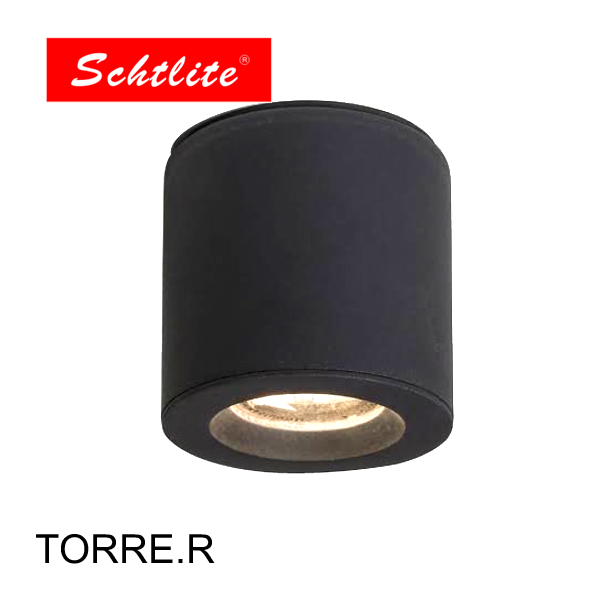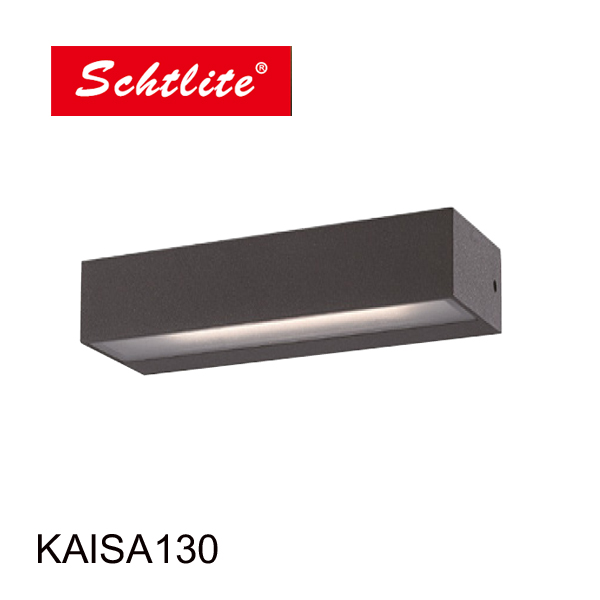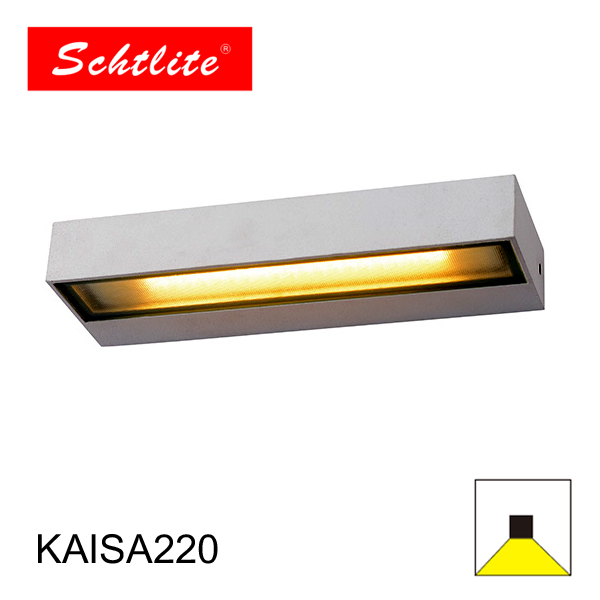LED wall light and energy-saving lamps are two kinds of lamps that are relatively common in our lives at present. They are commonly used lighting lamps in our lives. Although there are still many people who choose these two lamps, they will also consider saving some points. The question is, there are many electrical appliances, and only energy saving will make people like them more. So which one saves electricity, LED lamps and energy-saving lamps?
First of all, it must be emphasized that LED bulbs save electricity than energy-saving lamps. Most people know or have heard of it, but many people still have doubts about it. After all, they have not calculated where the electricity is saved. .
Due to the different luminous principles of energy-saving lamps and LEDs, their luminous efficiency is different. The luminous efficiency of halogen powder energy-saving lamps is only 30-40lm/W, and the luminous efficiency of tri-color energy-saving lamps is higher than that of halogen powder energy-saving lamps, about 40 -60lm/W (different brands of products have different quality and different luminous efficiency, Philips energy-saving lighting effect is about 60lm/W). However, the luminous efficiency of LED is much higher than that of energy-saving lamps, and the current technical level has generally reached 90-100lm/W. Therefore, in essence, the brightness generated by 1W LED needs at least about 2W energy-saving lamps to achieve similar brightness. However, the actual brightness is affected by many factors. The most direct factor is temperature. Light decay, the lighting of energy-saving lamps will produce bright heat, and LED is a cold light source, and the heat generated is much smaller than that of energy-saving lamps, so LED light decay is smaller than energy-saving lamps;
There are still many buyers. Users know that LEDs save electricity than energy-saving lamps, but they feel that the price of LEDs is more expensive than that of energy-saving lamps. The electricity bill saved is not enough to make up for the extra money spent when buying lamps, so they decide to continue to buy relatively cheap. of energy-saving lamps. The following table is the comparative analysis data of the use cost of LED and energy-saving lamps, taking T8 lamps as an example.
Tips: (LED life span is 2500 hours - 30000 hours; energy saving lamp life is 5000 hours), the following is the comparison between the purchase cost and the electricity cost within 30,000 hours).
LED lights, light-emitting diodes are referred to as LEDs. Diodes made of compounds containing gallium (Ga), arsenic (As), phosphorus (P), nitrogen (N), etc. can radiate visible light when electrons and holes recombine, so they can be used to make light-emitting diodes. Used as indicator lights in circuits and instruments, or composed of text or digital displays. Gallium arsenide diodes emit red light, gallium phosphide diodes emit green light, silicon carbide diodes emit yellow light, and gallium nitride diodes emit blue light. Due to chemical properties, it can be divided into organic light emitting diode OLED and inorganic light emitting diode LED.
1. Energy saving, the energy consumption of LED underground light is only 1/10 of incandescent lamps and 1/4 of energy-saving lamps.
2. Longevity, with a life span of more than 100,000 hours, which can be described as "once and for all" for ordinary household lighting
3. Can work at high speed. If the energy-saving lamp is frequently turned on or off, the filament will turn black and quickly break down.
Disadvantages of LED: high initial cost, poor color rendering, low efficiency of high-power LED, constant current drive (requires special drive circuit). In contrast, all kinds of traditional lighting have certain drawbacks.
Energy-saving lamps, also known as energy-saving light bulbs, electronic light bulbs, compact fluorescent lamps and integrated fluorescent lamps, refer to lighting equipment that combines fluorescent lamps and ballasts (ballasts) into a whole. In 2008, the state launched the "green lighting" project, and urban and rural residents and enterprises enjoy a certain percentage of subsidies for using the energy-saving lamps of the winning enterprises. The promotion of energy-saving lamps is of great significance, however, the environmental hazards of waste energy-saving lamps have also attracted attention. By the end of October 2012, hundreds of millions of energy-saving lamps have been scrapped in the energy-saving promotion project, each of which can pollute 180 tons of water and soil. The disposal and recycling of waste energy-saving lamps has attracted attention. Nevertheless, people's demand for energy-saving lamps is still growing, especially in the just-coming 2014, the demand is still increasing.

What are the advantages of energy-saving lamps:
1. Compact structure and small size.
2. High luminous efficiency of 60Lm/w, power saving more than 80%, energy saving.
3. Can directly replace incandescent bulbs.
4. Longer life, 6 to 10 times longer than incandescent lamps.
5. The inner wall of the lamp tube is coated with a protective film and the use of triple spiral filament can greatly prolong the service life.
What are the disadvantages of energy-saving lamps:
1. There is mercury pollution in the production process and after being used and discarded. At present, Western countries attach great importance to mercury pollution. Chinese people are also more and more aware of the harm of mercury pollution
2. Because it is a glass product, it is easy to break, not easy to transport, and not easy to install
3. Its power consumption is still too large
4. Easy to damage, short life, energy saving and not saving money is the best portrayal of it.
Energy-saving lamps are actually a kind of lamps that everyone is very familiar with. Energy-saving lamps are also called fluorescent lamps or fluorescent lamps. What we call light tubes is also a kind of energy-saving lamps. The energy-saving lamp mainly heats the filament of the lamp tube through the ballast, and the filament starts to emit electrons (because some electronic powder is coated on the filament), and ultraviolet rays are generated under various actions to excite the phosphor to emit light. The working temperature of traditional incandescent lamps is much lower, so its life is also greatly improved, which can reach more than 5,000 hours under normal circumstances. Because it does not have the current heating effect like incandescent lamps, the energy conversion efficiency of phosphors is also very high. The efficiency is high, the brightness is naturally high, and it is more power-saving. In theory, it saves more than 80% power than traditional lamps, but it also has some very bad points.







